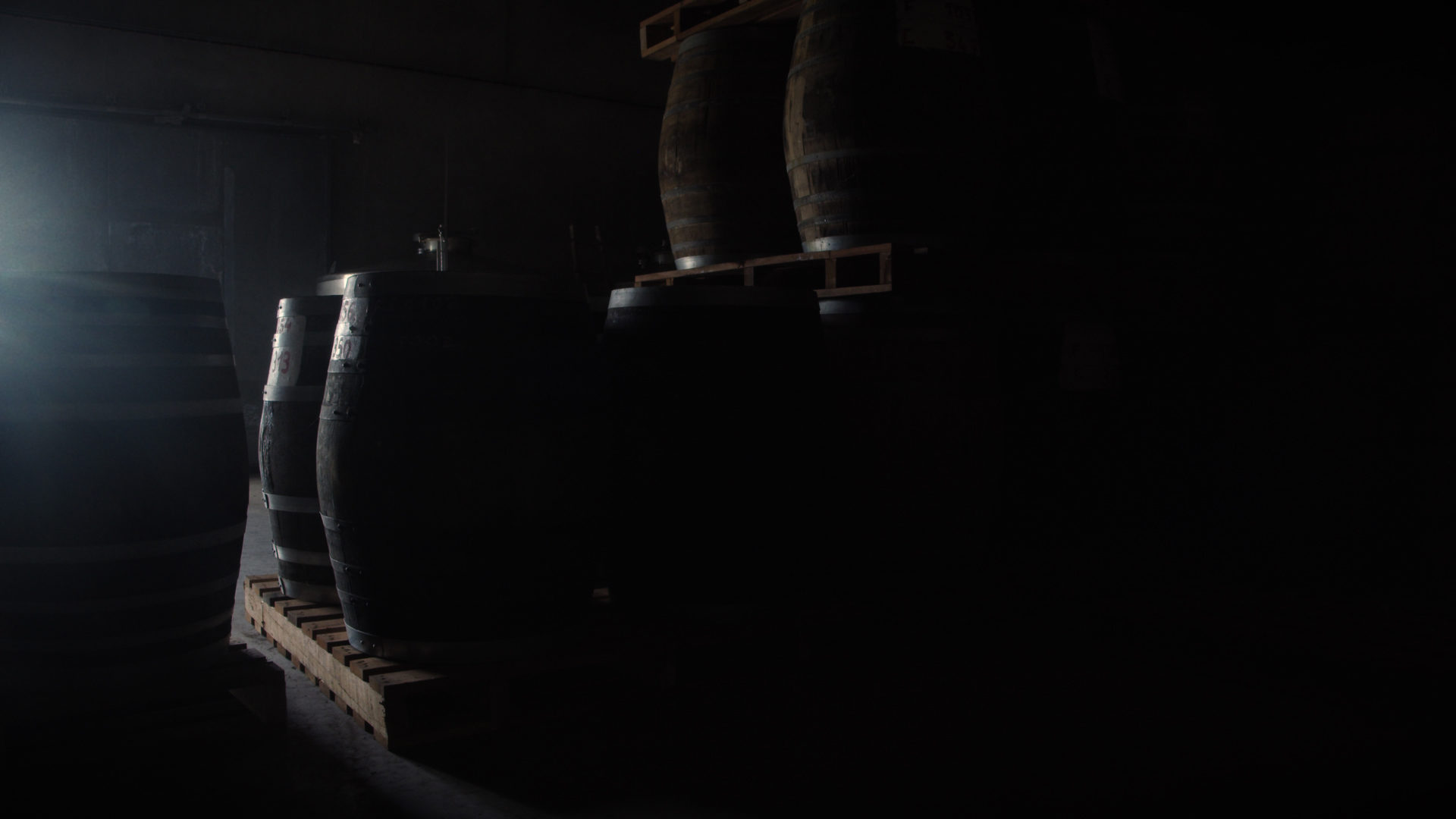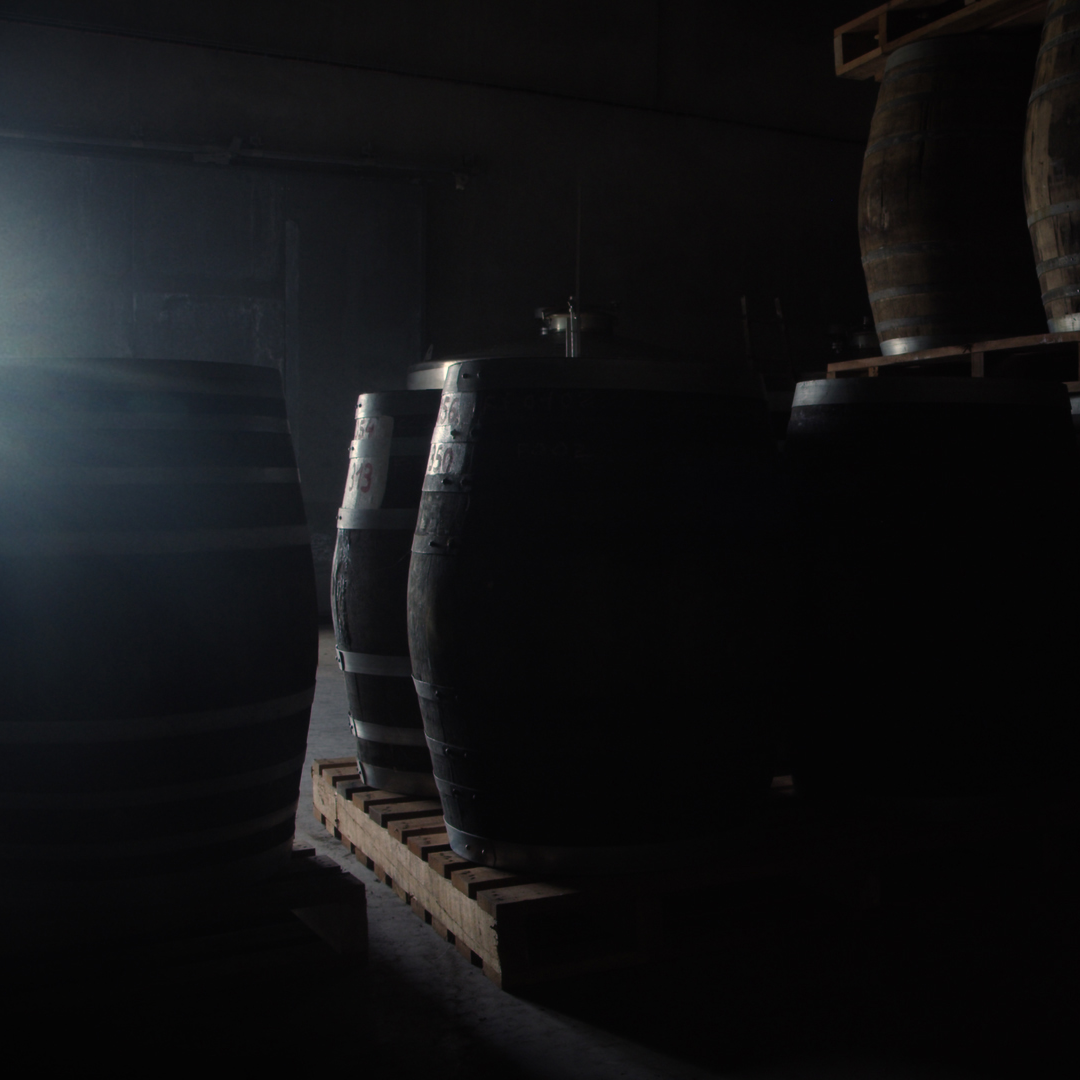
TERROIR RHUM


TERROIR RHUM
BY CONTINUING YOUR NAVIGATION ON THIS SITE, YOU CERTIFY THAT YOU ARE OF AGE IN YOUR COUNTRY
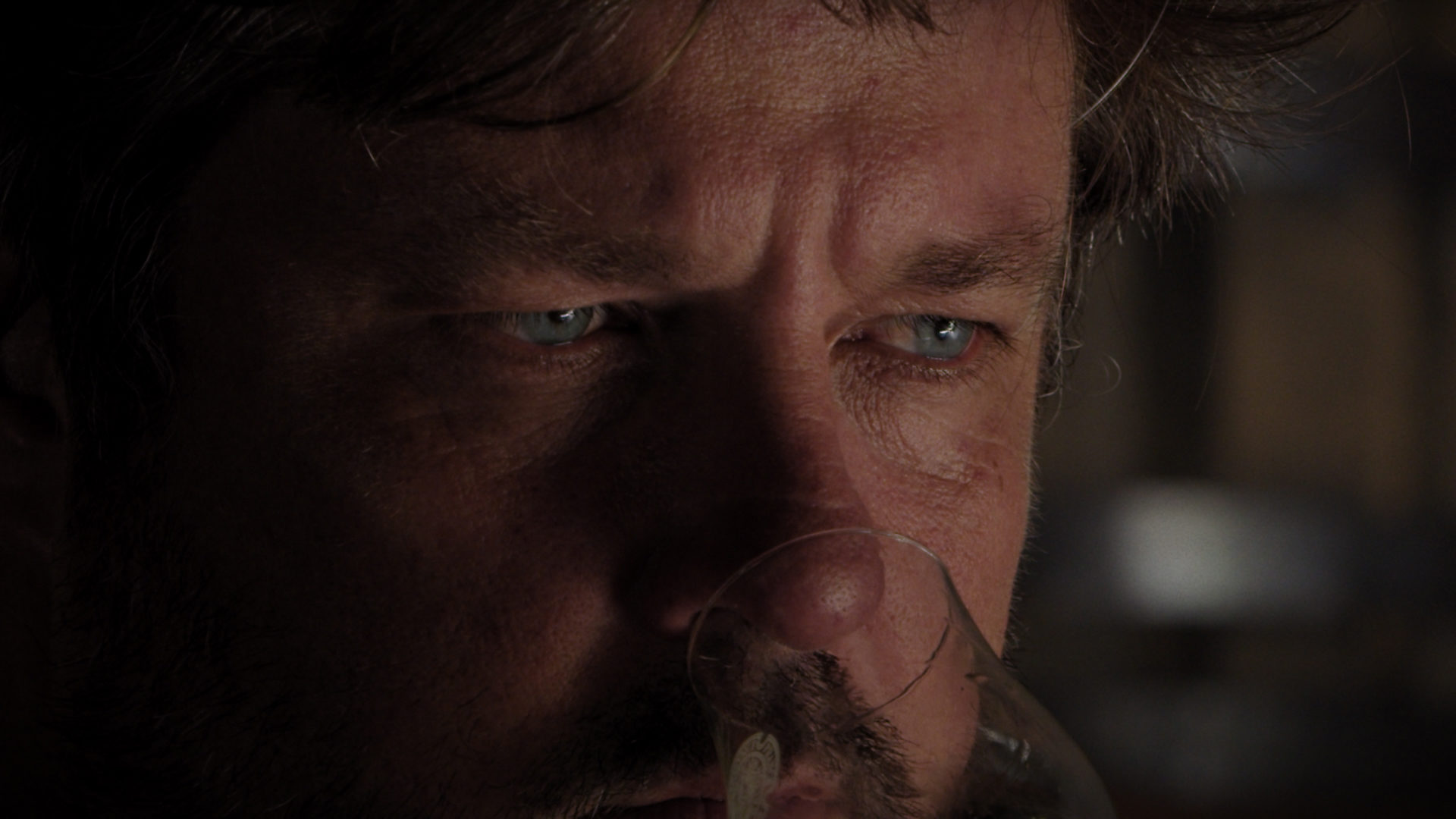
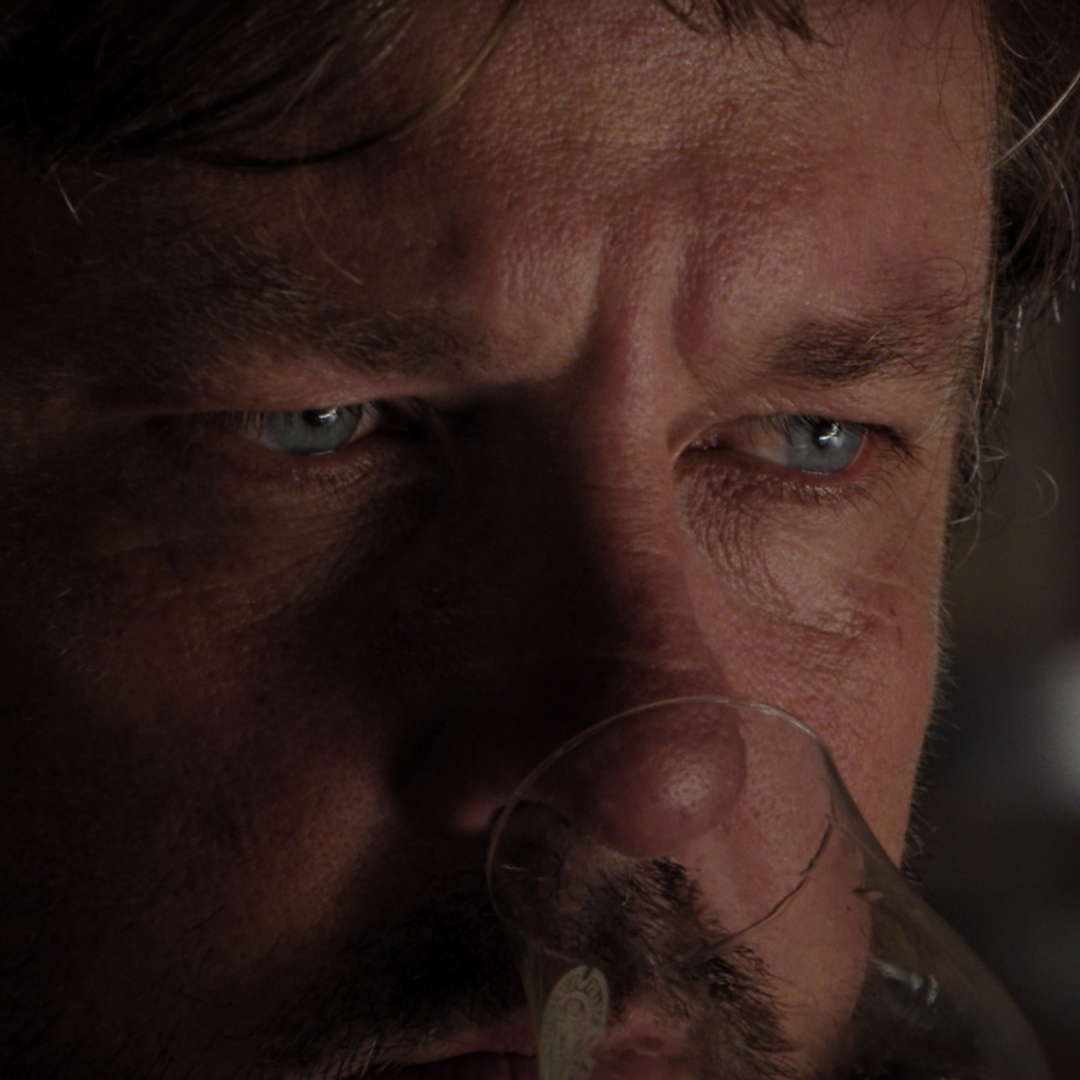
Stéphane Gouyer took over management of the Exploitation Agricole du Galion in 2013. An agricultural engineer by training, he quickly introduced a method that could be described as scientific to the entire plantation. He expanded the use of precision farming on the plantation to collect as much information as possible about the sugarcane and banana parcels and to apply farming methods that are much less intrusive for the land and plants.
With one foot in the vineyards of Bordeaux, he sought to understand how to let each terroir express itself by undertaking a long analysis of the rums produced from the varieties and parcels of cane, and their reactions to contact with different types of wood subjected to different types of toasting. At the same time, he trained to become a cellar master and accompanied the Exploitation Agricole du Galion in its strategic return to rum production by creating the first Baie des Trésors rums.

What makes Baie des Trésors special is having a cellar master who also produces their own sugar cane. This gives Baie des Trésors rums a unique identity, the pure expression of several terroirs. The R583 cane variety grown on the Fond Basile parcel enjoys an environment giving it remarkable qualities for rum production. Very resistant to the arid conditions of Fond Basile, it has the ability to preserve and concentrate the sugars and other organic matter that determine the quality of the rum. Its fibrous nature requires a special extraction process, but the result is a unique aromatic signature that can be found every year.
On the Micholo and Brin Amour parcels, the R570 stretches over the hills as far as the eye can see. With its arid climate, the dry parcel of Micholo gives it a higher sugar and alcohol content and allows for richer fermentation to create the airy sweetness of Fleurs du Vent. On the other hand, for Brin Amour, yields are higher and the canes are gorged with water which dilutes the sugar content of the cane. With less higher alcohol there’s less complexity, yet they express the full vegetal character of the moist parcels.
The rather rustic R585 canes from the moist Morne Carrière parcel will produce a less rich juice but cause an explosion of vegetal notes characteristic of the area.

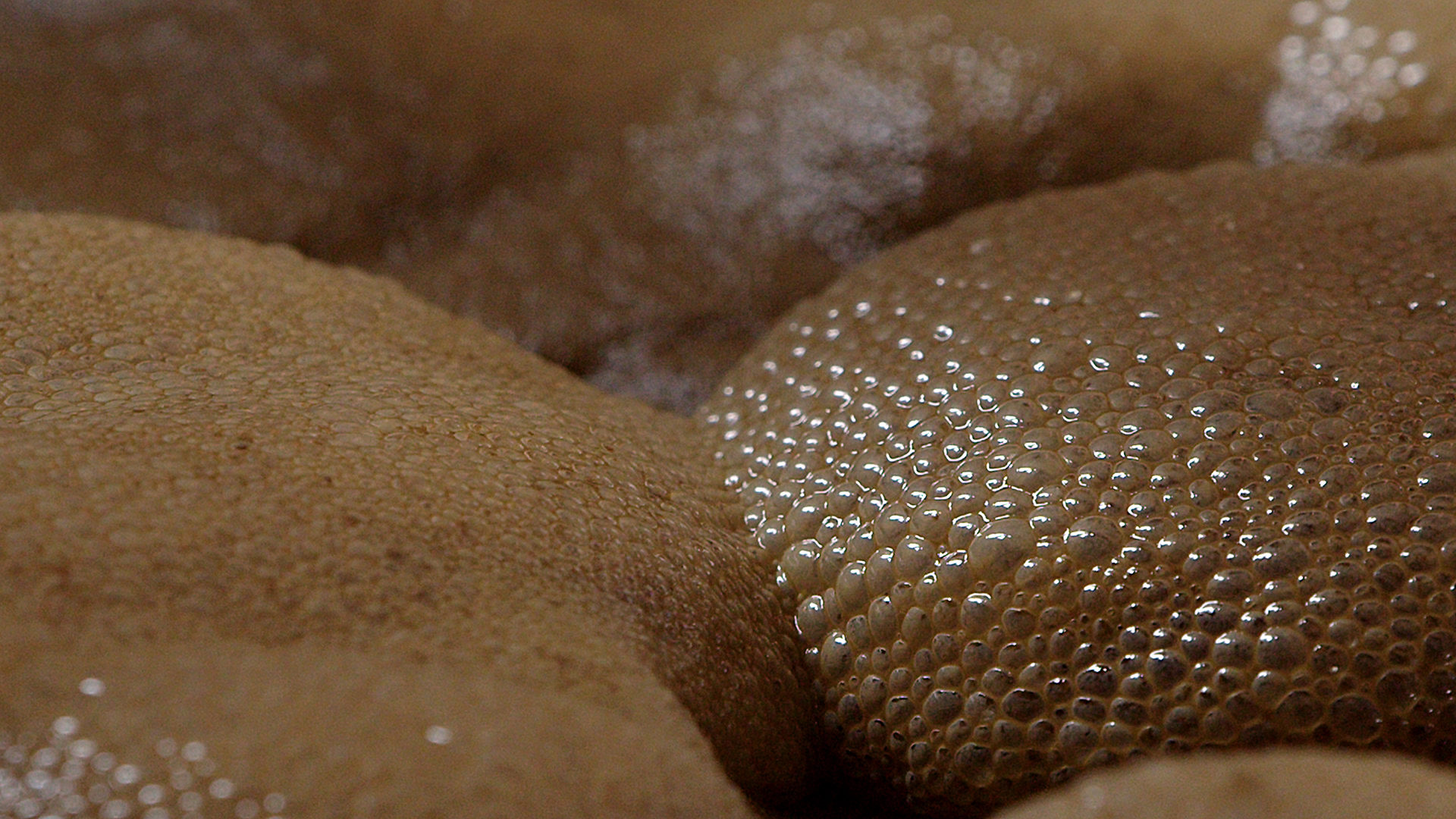
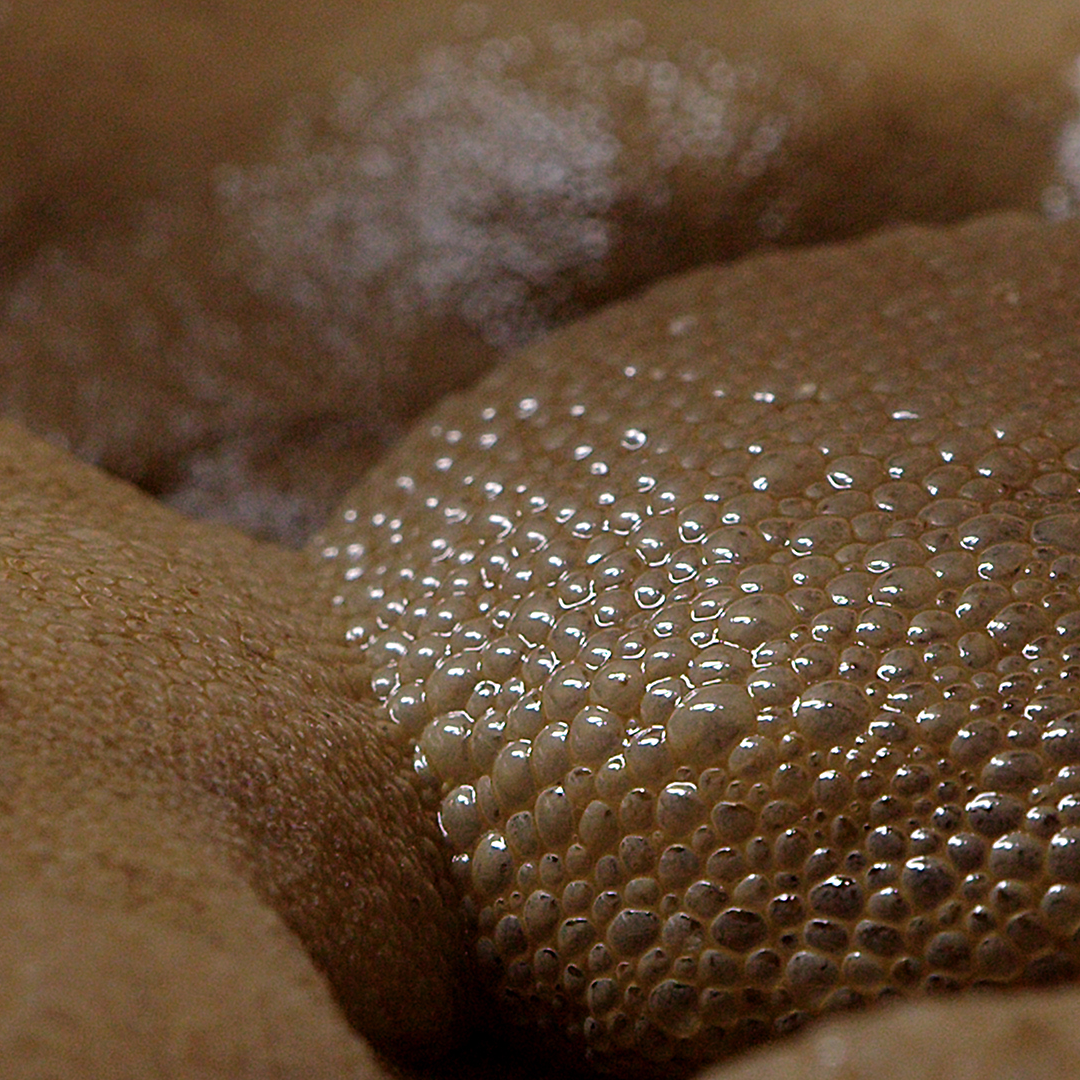
The Exploitation Agricole du Galion and Saint-James rums are linked by a long shared history which has led them to establish a unique and privileged relationship. Thanks to this mutual trust, Baie des Trésors is honoured to be able to distil its rums based on its own specifications by taking control of the Sainte-Marie factory for the duration of the distillation process. Everything is done to ensure that the uniqueness of Baie des Trésors is preserved.
Distillation is the art of concentrating without altering. When sugar cane offers so much richness and aromatic diversity, it is important to find the right balance to reveal them fully during distillation. But the work does not stop there. Only very slow, perfectly controlled reduction, in successive stages, can preserve and enhance all the aromas that make up the unique beauty of a great rum.
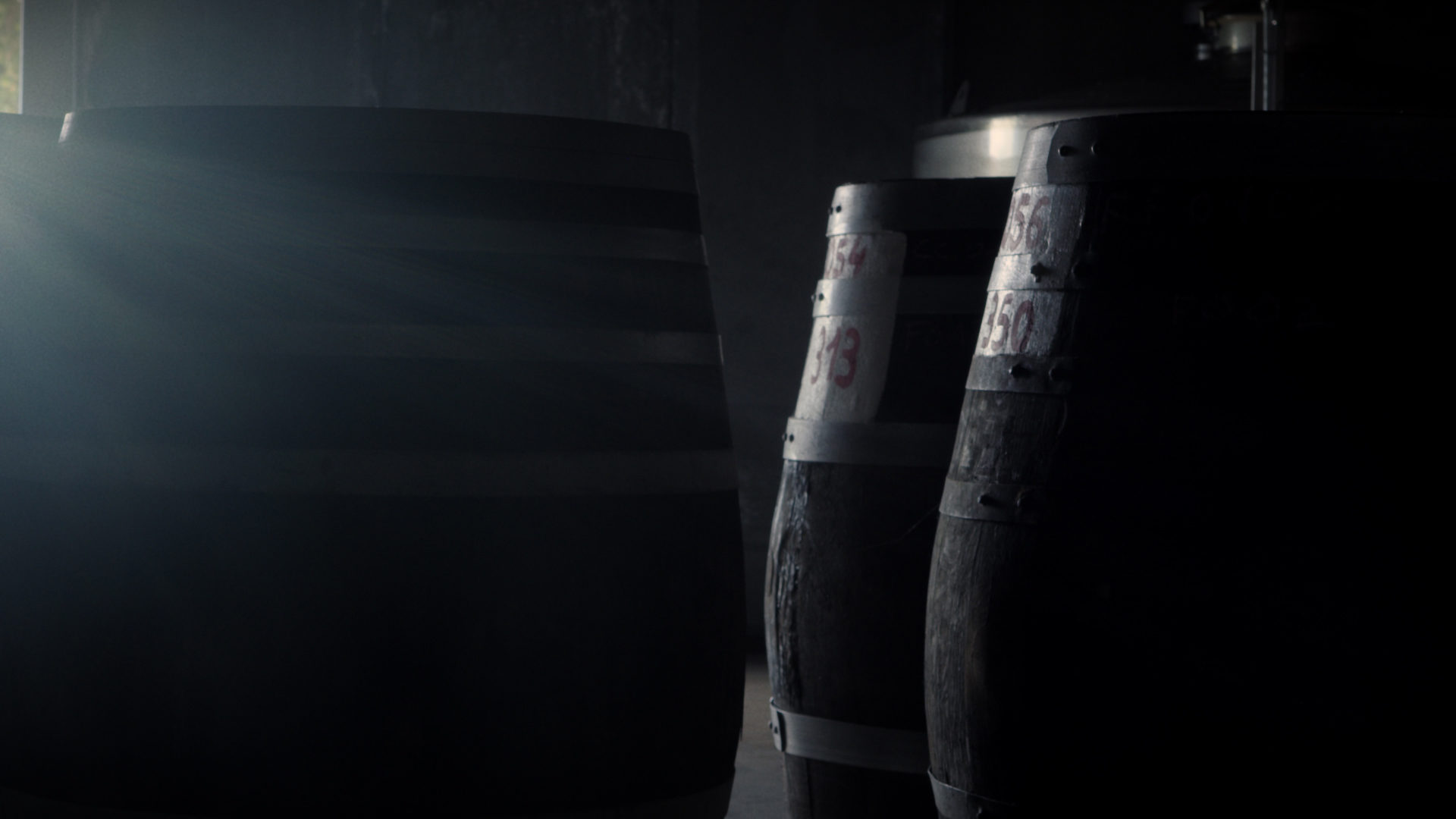
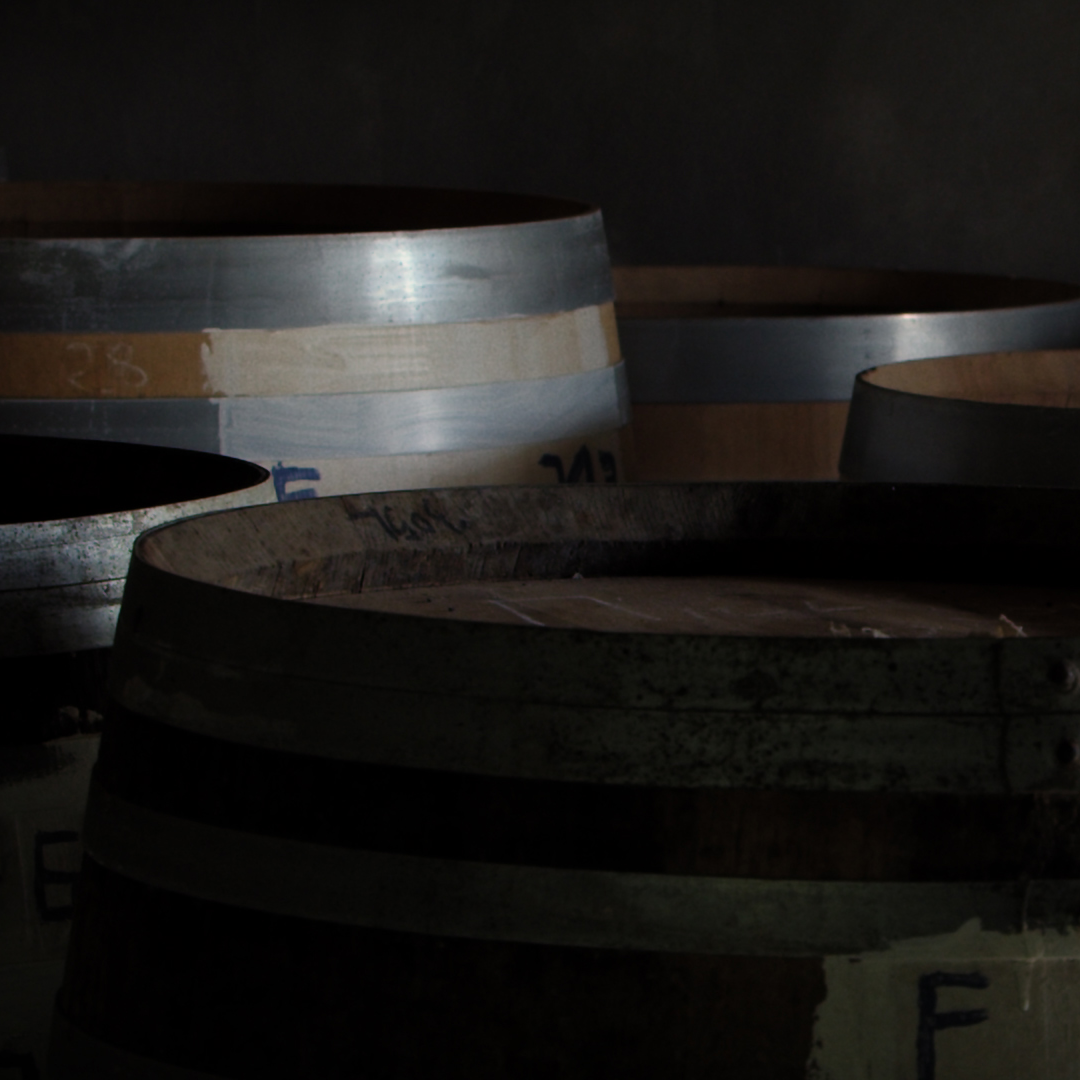
The make-up of the Baie des Trésors barrel was one of the first concerns of our cellar master. He undertook a long study, in partnership with the master cooper Seguin Moreau, to determine the types of wood and types of barrel toasting that would best reveal the organoleptic characteristics of each parcel. This is how he managed to draw up precise specifications for the manufacture of new barrels for Baie des Trésors.
The type of toasting in new barrels allows a certain number of vegetable tannins naturally present in the oak to be revealed, which will colour the rum and reveal a more complex organoleptic palette in our rums.
The density of the grain of each type of wood allows more or less air to pass through, which influences the speed at which the rum ages.
Rum from dry parcels ages best in American oak barrels and rum from moist parcels ages best in French oak barrels.
The old barrels will then allow the rums to be structured over time.
The different exchanges of air between the inside and outside of the barrel give our rums all their complexity.
It should be noted that the heat and humidity of our island also contribute to faster ageing rums and influence their character.


assembly
The blending method for our rums is simple, consistent and transparent. The harvests from our two moist parcels, Brin Amour and Morne Carrière, are matured in French oak barrels with one third new and two thirds old.
The harvests from our two dry parcels, Micholo and Fond Basile, are aged in American oak barrels with one third new and two thirds old.
What makes us unique is that our blends are from the same terroir: There is no blending of moist and dry-parcel cane rums in our ageing process.
This allows us to produce a vintage parcel rum which is the simple expression of a terroir and a year of production.
ageing
To age a rum is not to mask or modify its profound nature, or even to round it out, but rather to reveal and sublimate the terroir from which it comes.
Our ageing process reveals the best expression of our terroirs with our different types of barrels. For Fleurs du Vent and Fruits des Pluies, we have chosen two types of wood that reveal the full organoleptic palette of our terroir.
In the case of Fleurs du Vent, the ageing process, mostly in American oak barrels, will transcend the natural vegetal notes to melt them into an extraordinary floral bouquet which is then extended by notes of exotic fruits. The aromas of fresh cane which are expressed at the end of the creole column, associated with the American oak, become very expressive.
For Fruits des Pluies, above all we needed to allow the rich fruity notes of the rum to express themselves without altering or accompanying them, simply to unify them in appetising tones discreetly supported by the wood. The ageing, mostly in French oak barrels, offered the desired profile and balance.
The work of ageing doesn’t stop there; our proportion of new barrels allows us to successively decant our rums three times from new barrels to old barrels. The storage time is measured by the release of tannins. With the magic of ageing, the oxidation of these extractions and quality of the old barrels creates exceptional rums.

